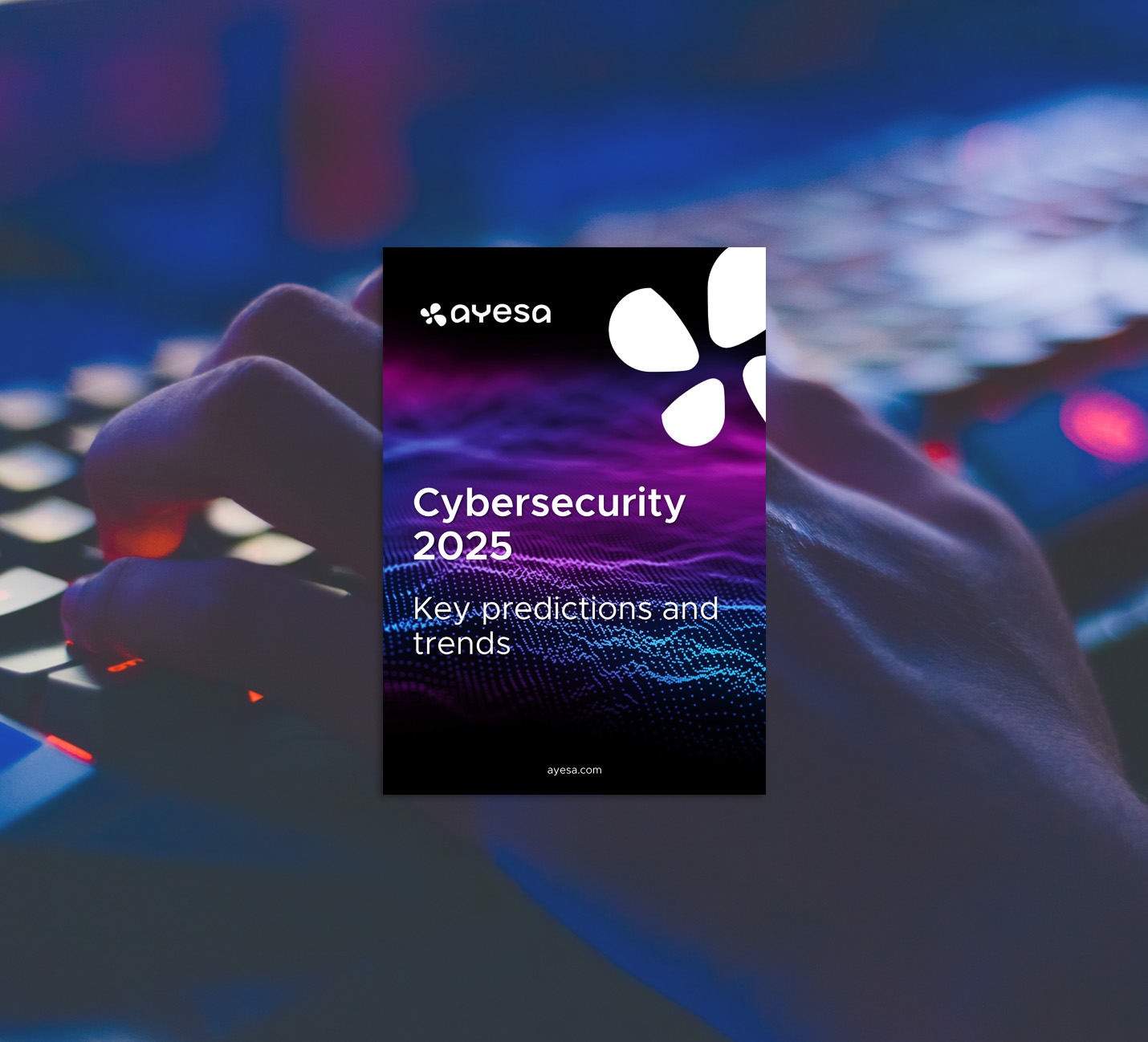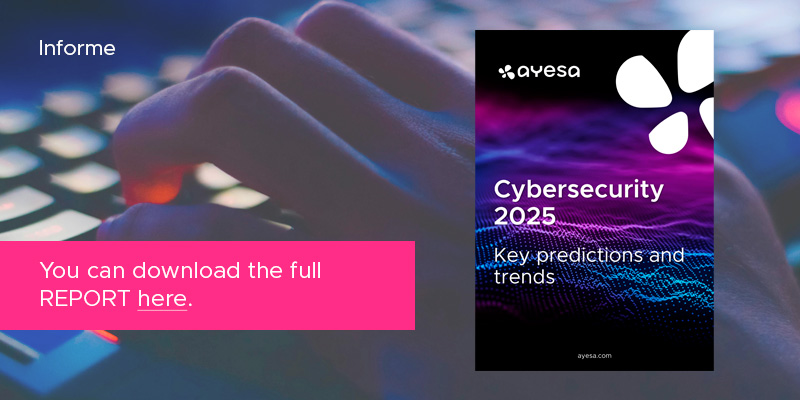Published on 10 January 2025
Complex and evolving scenario
Cybersecurity in 2025 is regarded as a critical and dynamic field, characterised by rapidly evolving threats and the complexity of the defence strategies. As the technology continues to evolve at an unprecedented rate, organisations are faced with a more interconnected digital environment, but also a more vulnerable one. Cybercriminals, driven by technological innovation, are taking their tactics to a new level of sophistication, making full use of advanced tools that challenge the capabilities of traditional security solutions.
The digital transformation, accelerated by the widespread adoption of technologies such as cloud computing, the Internet of Things (IoT) and hybrid systems, have broadened the attack surface significantly. Companies and public bodies are now facing the challenge of managing distributed and complex infrastructures that may provide great operational benefits but which also expose weak points that can be exploited. Security is no longer limited to protecting defined perimeters; it now includes a global network of interactions, remote accesses and shared ecosystems.
In this context, cybercriminals do not just make use of technical vulnerabilities, they also resort to more elaborate social engineering techniques to exploit the human factor. This underlines the importance of a comprehensive security strategy that combines advanced technology with education and awareness within organisations. Innovation by itself is not enough; a holistic approach is needed that considers people, the processes and the technologies as collective whole.

Furthermore, the global nature of the current threats has shown the need for closer collaboration between sectors, governments and regions. Cybersecurity is no longer seen as an isolated responsibility of the companies; it has become a collective force that requires the sharing of information, experiences and best practices. This collaborative approach is essential for anticipating emerging threats and responding efficiently to incidents in an ever more interconnected environment.
Resilience also covers an increasingly important aspect in the cybersecurity landscape. It is not just about preventing attacks, but about being prepared to quickly respond and recover from any disruption. Organisations must develop robust capabilities for business continuity that will allow them to mitigate the impact of incidents and guarantee operability at all times. These range from the planning of contingencies to the implementation of regular drills that strengthen their responsiveness.
Ultimately, 2025 will mark a turning point for cybersecurity, where the combination of technological innovation, continuous training and strategic consolidation will determine the success of organisations in their efforts to protect critical assets and build a more secure digital environment. Adapting to this complex, constantly changing scenario will not be an option, but a necessity for guaranteeing sustainability and competitiveness in a digital world.
Key predictions and trends
- Proliferation of attacks driven by Artificial Intelligence (AI)
- Evolution of ransomware and threats to the supply chain
- Growth of vulnerabilities in cloud and IoT environments
- Emerging quantum computing threats
- A shortage of cybersecurity talent
- Stricter regulations with emphasis on cyber resilience
- Automation and professionalisation of cybercrime
- Integration of physical and digital threats
- Risks associated with the improper use of AI
- Prioritising proactive security strategies




